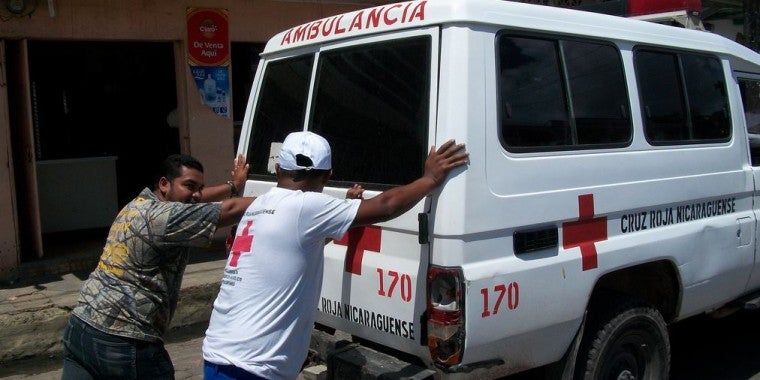A few years ago, I had the opportunity to carry out a study to understand rural communities in Nicaragua as part of a team of social science and medical researchers. The topic of our study was childbirth – how do men and women decide whether to give birth in a hospital, a clinic, or at home?
We made the journey in an ambulance from the hospital in the closest city to a town called Españolina. The roughness of both the road and our vehicle made the ride a little terrifying.
Rather spooked but safe, we finally arrived in Españolina, a poor indigenous community between the cities of Bonanza and Rosita in the Northern Caribbean Coastal Region that primarily spoke Mayangna.
As we set up for the interviews, we realized that the refreshments we had promised to the voluntary participants were late to arrive. We did our best to accelerate the delivery, but with this delay as a catalyst, the participants’ frustrations with us began to emerge. One elder lamented that the community was tired of these studies, tired of having endless researchers and aid workers talking to the people about their challenges and needs, yet not producing any actions to meet those needs. He and others insisted that instead of the already late refreshments, what the people needed was a payment- a dignified compensation for participating in the study that could be used to address some of the underlying issues that they faced in everyday life.
We listened intently; in many ways, this unfiltered expression of their experiences and daily frustrations gave us richer information than the interviews themselves.
Once the refreshments arrived, the community nurse told us that something they urgently needed was a radio to call an ambulance during health emergencies. They didn’t have the money to buy one and, even if they had a radio, the treacherous and unreliable road to the closest hospital presented yet another obstacle that prevented people from accessing critical care when needed. The people in the community and the health workers told us that the rainy season often made the road completely impassible.
I left the town that day contemplating what the people had told us. Additionally, the study found that expecting mother in the town were taken by their mothers and midwives to the health post in town rather than to the hospital to give birth due to the cost of transportation and difficulties on the unsafe road. This further emphasized the need for a better road.
Almost two years later, I visited Nicaragua to learn about an IDB operation in collaboration with the government of Nicaragua that seeks to pave and improve that very same road to Españolina and, thus, connect the town in a reliable way to hospitals in both of the closest urban centers in Bonanza and Rosita. Nevertheless, I still remember the frankness in which the community spoke. My previous experience underscores the importance of consulting the people of Españolina and other communities along the road in the planning of this project. Engaging with people early on, on their terms, allows them to bring their own criteria and vision for how they want to benefit from this investment.
In recent roads projects financed by the IDB, the Nicaraguan Ministry of Transportation and Infrastructure has accumulated experience with community consultations, which have informed project designs. By working with this road project towards a participatory process for the community, I hope to be able to return to Españolina one day to assure those outspoken community members that I listened to their concerns. I will take steps with the road project team to maximize the community’s inputs and adapt the design to their needs for a road that could quickly and safely get pregnant women, and anyone in need of care, to a hospital or health center.
It was a humbling experience. As development specialists, we need to learn to listen, and listen to learn.



Leave a Reply